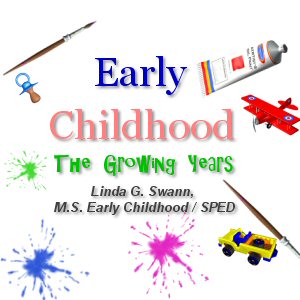Differing Learning Styles
 With school back in session, it seems like a good time to talk about how children learn. Knowing this and recognizing what your child’s learning style is will certainly help with homework and assignments this school year. There are three major styles of learning, visual, auditory and kinesthetic or tactile. While children usually employ all three styles, many have a primary style of learning. Some children heavily rely on one style of learning to gather information. Good teachers incorporate all three styles of learning into their teaching strategies. Understanding your child’s primary learning style will be useful to a successful school year.
With school back in session, it seems like a good time to talk about how children learn. Knowing this and recognizing what your child’s learning style is will certainly help with homework and assignments this school year. There are three major styles of learning, visual, auditory and kinesthetic or tactile. While children usually employ all three styles, many have a primary style of learning. Some children heavily rely on one style of learning to gather information. Good teachers incorporate all three styles of learning into their teaching strategies. Understanding your child’s primary learning style will be useful to a successful school year.
Visual learners need information in a written form. They need to see the information in order to remember it. They are good at spelling lists of words, but may have problems remembering classmates names. They understand charts and easily remember information seen on them. A quite place to study is required. They are not fond of lectures, preferring a book or hard copy to look at while listening to the teacher. In school or doing homework, they need to:
– make outlines of information
– take notes and copy what’s on the board
– color code words and important information
– make lists
– highlight and underline information
– draw maps of events in history
Auditory learners recall information best by hearing it. They like to read out loud, in order to hear what is written in books. They love oral reports, remember names, enjoy music, and love sound effects in movies. Auditory learners follow spoken directions well, are good at explaining information and may read slowly. In school or doing homework, they need to:
– use word association to remember facts and lines.
– recite important information aloud, record it and play it back
– repeat facts out loud
– participate in group discussions
– tape notes after writing them and play back to study
– have oral exams
– talk to themselves or with others about what they’re learning
– set information to a tune and sing it to help remember
Kinesthetic learners are those who learn through experiencing/doing or manipulating the information. They prefer to touch the objects, do physical experiments, and learn by trying. They enjoy working in groups to figure out problems. They are good at sports and can’t sit still for long periods. They fidget during lectures, study with loud music playing, are not great in handwriting and spelling, need study breaks, and likes to build models. In school or doing homework, they need to:
– have short definitions, fill-ins, multiple choice tests
– take lab classes
– use role playing
– take field trips to places studied
– study with partner
– use flash cards to manipulate what is being memorized
– study in short blocks
– play with a stress ball or toy while studying
– move around or taking frequent breaks
– do hands-on activities, such as building models or playing games











